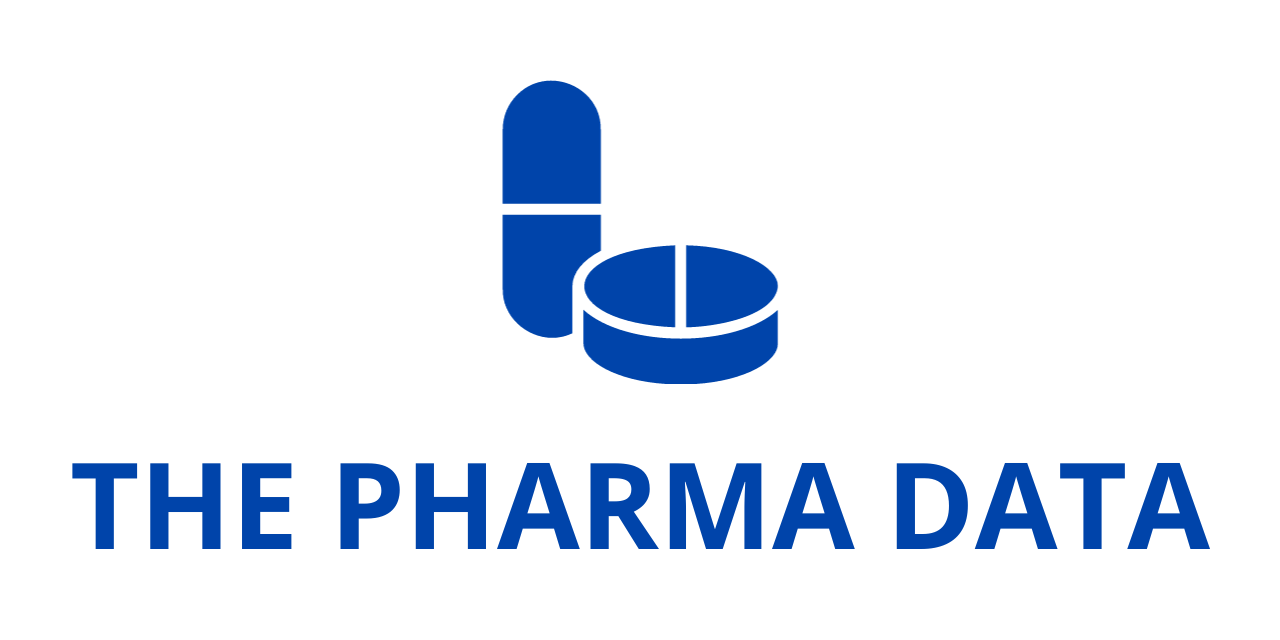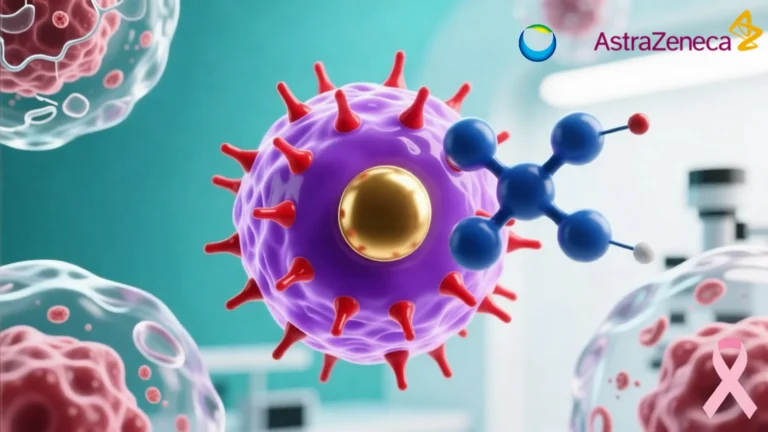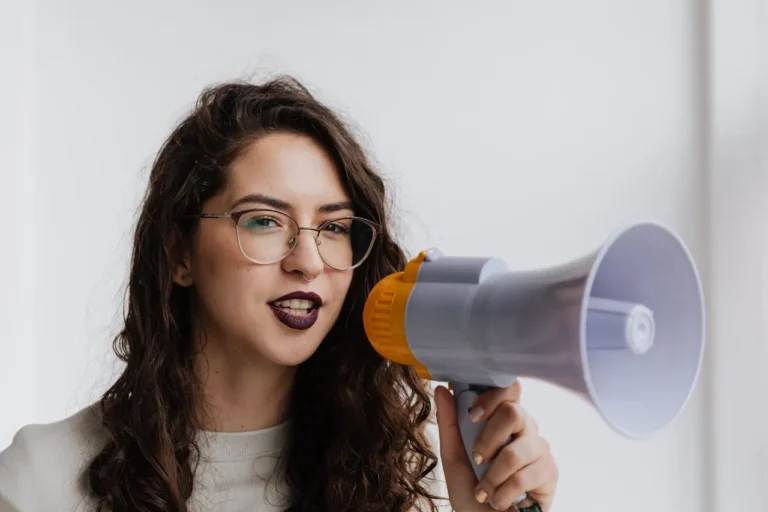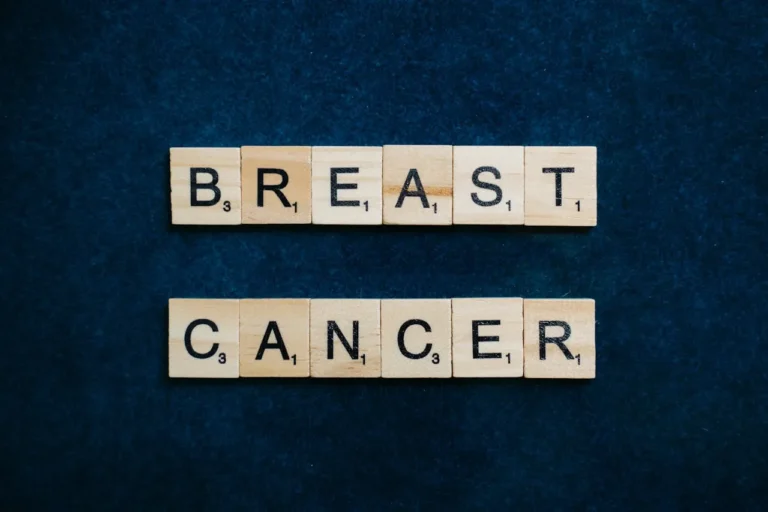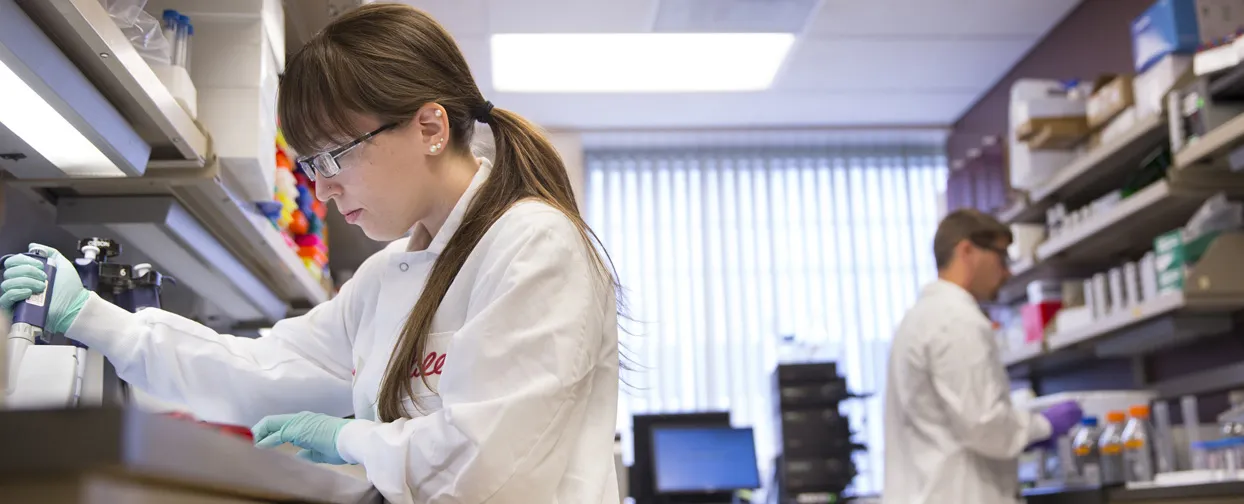
Eli Lilly and Company has reported encouraging findings regarding its treatment EBGLYSS, showing significant improvements in skin condition and itch relief for patients suffering from moderate-to-severe atopic dermatitis (eczema) who had previously been treated with dupilumab. These results, stemming from the Phase 3b ADapt study, are set to be unveiled at the Fall Clinical Dermatology Conference taking place from October 24-27 in Las Vegas.
EBGLYSS is an interleukin-13 (IL-13) inhibitor that targets IL-13 signaling with a high binding affinity. This cytokine plays a crucial role in atopic dermatitis, contributing to the type-2 inflammatory cycle that results in skin barrier dysfunction, itchiness, thickened skin, and susceptibility to infections.
Dr. Linda Stein Gold, the investigator of the ADapt study and head of the Division of Dermatology at Henry Ford Health System in Detroit, emphasized the need for effective treatments in hard-to-treat areas like the face and hands. “These data indicate that EBGLYSS effectively alleviated skin symptoms and reduced itch for most patients who had ceased dupilumab treatment. This further reinforces previously reported EBGLYSS data for biologic-naive patients, suggesting that a diverse range of individuals could benefit from this innovative treatment.”
The ADapt study aimed to assess the efficacy and safety of EBGLYSS in patients who previously received dupilumab. Eligible participants had to have discontinued dupilumab due to inadequate response, intolerability, adverse events, or other factors, including cost or lack of access.
The primary endpoint focused on achieving a minimum of 75% improvement in the Eczema Area and Severity Index (EASI-75) score at 16 weeks, which gauges the severity and extent of the skin condition. Secondary endpoints at 16 and 24 weeks included the Investigator Global Assessment (IGA) score, which assesses skin clarity, and significant improvement in pruritus (itch) scores from baseline.
Results showed that 57% of patients treated with EBGLYSS achieved EASI-75 by Week 16, increasing to 60% by Week 24. These results align with findings from previous Phase 3 monotherapy trials of EBGLYSS in patients without prior dupilumab exposure (ADvocate 1 and ADvocate 2). Notably, 46% of patients who had inadequate responses to dupilumab achieved EASI-75 at Week 16.
Moreover, significant itch relief was reported, with 53% and 62% of participants experiencing at least a four-point improvement in pruritus scores by Weeks 16 and 24, respectively.
Patients treated with EBGLYSS also saw significant improvements in challenging areas. Over half (52%) achieved clear or nearly clear skin on their faces by Week 24, while patients with moderate-to-severe hand dermatitis showed a 75% decrease in their modified total lesion symptom score (mTLSS) at the same interval.
The safety profile of EBGLYSS in the ADapt study was consistent with earlier Phase 3 studies, with less than 6% of patients discontinuing treatment due to adverse events. Most side effects reported were mild or moderate, including conjunctivitis and injection site reactions.
Dr. Mark Genovese, senior vice president of Lilly Immunology development, highlighted that this trial reinforces confidence among healthcare providers in prescribing EBGLYSS as a first-line biologic treatment for moderate-to-severe atopic dermatitis, especially for those who have not responded adequately to other treatments like dupilumab.
In addition to the ADapt study findings, Lilly plans to present further data at the Fall Clinical Dermatology Conference, including new analyses from the long-term ADjoin extension study, showcasing results from up to three years of treatment.
EBGLYSS recently received approval from the FDA as a first-line biologic treatment for adults and children aged 12 and older, weighing at least 88 pounds (40 kg), with moderate-to-severe atopic dermatitis not adequately controlled by topical therapies. The dosing regimen consists of an initial 500 mg dose (two 250 mg injections) followed by a maintenance dose of 250 mg monthly after a two-week interval.
